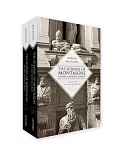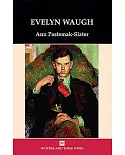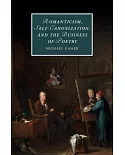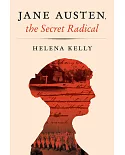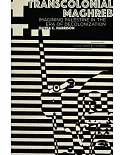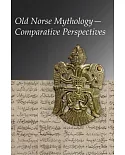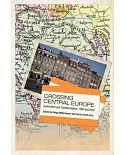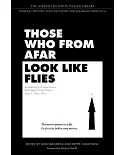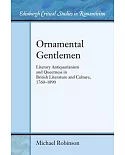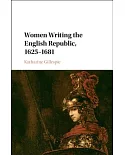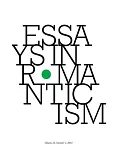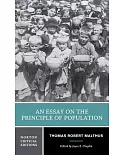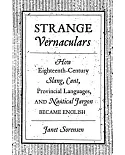This book takes the work of the world’s best-known living literary critic and discovers what it is like to read "with," "against" and "beyond" his ideas.
The editors, Alan Rawes and Jonathon Shears, introduce the collection by assessing the impact of Bloom’s brand of agonistic criticism on literary critics and its ongoing relevance to a
discipline attempting to redefine and settle on its collective goals. Firmly grounded in, though not confined to, Bloom’s first specialism of Romantic Studies, the volume contains essays
that examine Bloom’s debts to high Romanticism, his quarrels with feminism, his resistance to historicism, the tensions with the "Yale School" and his recent work on Shakespeare and genius.
Crucially, chapters are also devoted to putting Bloom’s anxiety-themed ratios into practice on the poetry of Wordsworth, Shelley, Keats and D. H. Lawrence, among others.
The Harold Bloom that emerges from this collection is by turns divisive and unifying, marginalized and central, radical and conservative.



